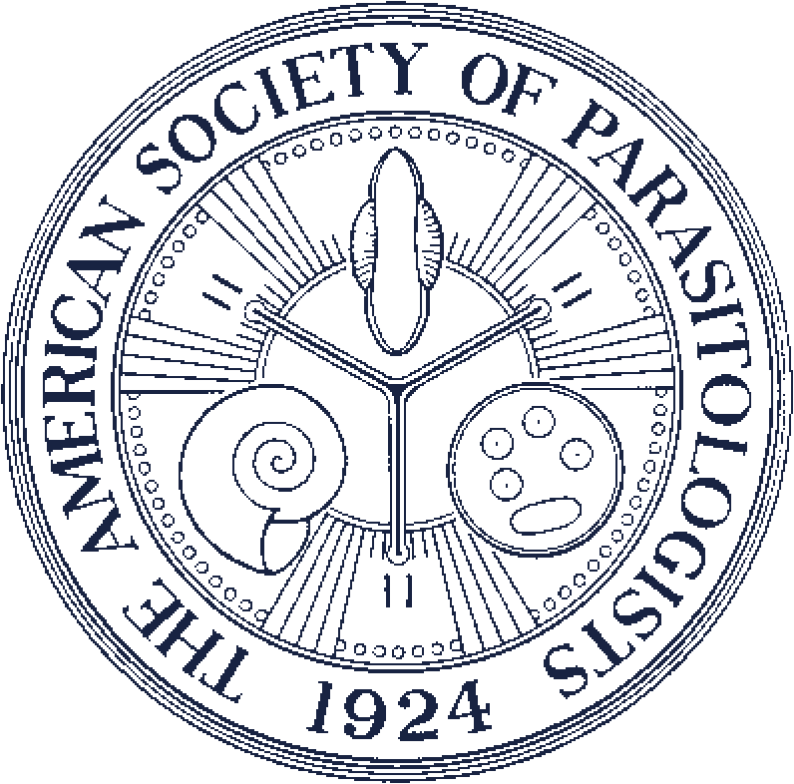Vaccination of Mice with an Antigenic Serine Protease-Like Protein Elicits a Protective Immune Response Against Trichinella spiralis Infection
Trichinellosis has major economic impacts on animal husbandry and food safety, and the control and elimination of trichinellosis is a major objective of veterinary medicine. A gene encoding serine protease of Trichinella spiralis (Ts-Adsp) was identified by immunoscreening an adult T. spiralis cDNA library. In this study, the recombinant Ts-Adsp protein (rTs-Adsp) was cloned and expressed in a prokaryotic expression system and purified by Ni-affinity chromatography. To determine whether the purified rTs-Adsp is a potential vaccine candidate for the control of T. spiralis infection, we immunized BALB/c mice with this protein in combination with an alum adjuvant and subsequently challenged with T. spiralis larvae. The results showed that mice vaccinated with rTs-Adsp exhibited an average reduction in the muscle larvae burden of 46.5% relative to the control group. Immunization with the rTs-Adsp antigen induced both humoral and cellular immune responses, which manifested as elevated specific anti–rTs-Adsp IgG and IgE antibodies and a mixed Th1–Th2 response, as determined by Th1 (IFN-γ and IL-2) and Th2 (IL-4, IL-10, and IL-13) cytokine profiling, with the Th2 predominant. Thus, purified rTs-Adsp is able to limit the invasion of T. spiralis, and this protein could be an effective vaccine candidate for trichinellosis.Abstract:

Expression and purification of rTs-Adsp. Proteins were analyzed by SDS-PAGE and stained with Coomassie Brilliant Blue. M, Prestained Protein Marker (Genview, Houston, Texas); lanes 1 and 2, Escherichia coli lysate control (pET-28a expression vector) before and after IPTG induction, respectively; lanes 3 and 4, uninduced and IPTG-induced E. coli lysate (pET-28a-Ts-Adsp), respectively; lane 5, purified rTs-Adsp protein.

Analysis of antibody responses in mice. Anti-rTs-Adsp IgG levels in the sera of immunized mice or control (alum or PBS) mice were measured by ELISA (A). The IgG subclass responses to rTs-Adsp-immunized mice were detected at different time points (B). rTs-Adsp-specific IgE levels in the sera of immunized mice were measured (C). The values shown for each group are the mean ± SD of the antibody levels (n = 10). The immunization time points are marked with solid triangles (▴) and the challenge day is marked with a solid arrow (↑).

Splenocyte proliferative responses. Spleen cells from rTs-Adsp-vaccinated and control mice were collected 1 wk after the last immunization. Splenocytes were stimulated in vitro with rTs-Adsp, concanavalin A, or cultured with medium alone. Cellular proliferation was estimated using the Cell Counting Kit-8 (CCK-8) assay; values are presented as the mean ± SD (n = 5). ***P < 0.001 versus the medium-only culture.

Production of cytokines from splenocytes after rTs-Adsp stimulation in vitro. One week after the last immunization, spleen cells were obtained from each group of mice. Analysis was performed on cells stimulated for 48 hr with 20 μg/ml rTs-Adsp. The levels of (A) IFN-γ, (B) IL-2, (C) IL-4, (D) IL-10 and (E) IL-13 are presented as the mean ± SD (n = 5). ***P < 0.001 indicates that the production of cytokines by immunized mice was significantly different from that by PBS-treated mice.

Flow cytometry analysis of T lymphocytes. The percent change of CD4+ and CD8+ T cells in peripheral blood lymphocytes from (A) immunized mice, (B) alum-, and (C) PBS-control mice. A gating strategy was used to analyze CD4 and CD8 expression. CD3+ T cells were gated, getting rid of myeloid cells, B cells, and dead cells. The upper left and lower right quadrants of each panel show the CD3:CD4 and CD3:CD8 double positive cells, respectively.

Protective immunity of rTs-Adsp-vaccinated mice after being challenged with 200 Trichinella spiralis larvae. The results are presented as the mean ± SD (n = 10). **P < 0.01 indicates statistically significant differences with respect to muscle larvae burden relative to the PBS control group.
Contributor Notes
